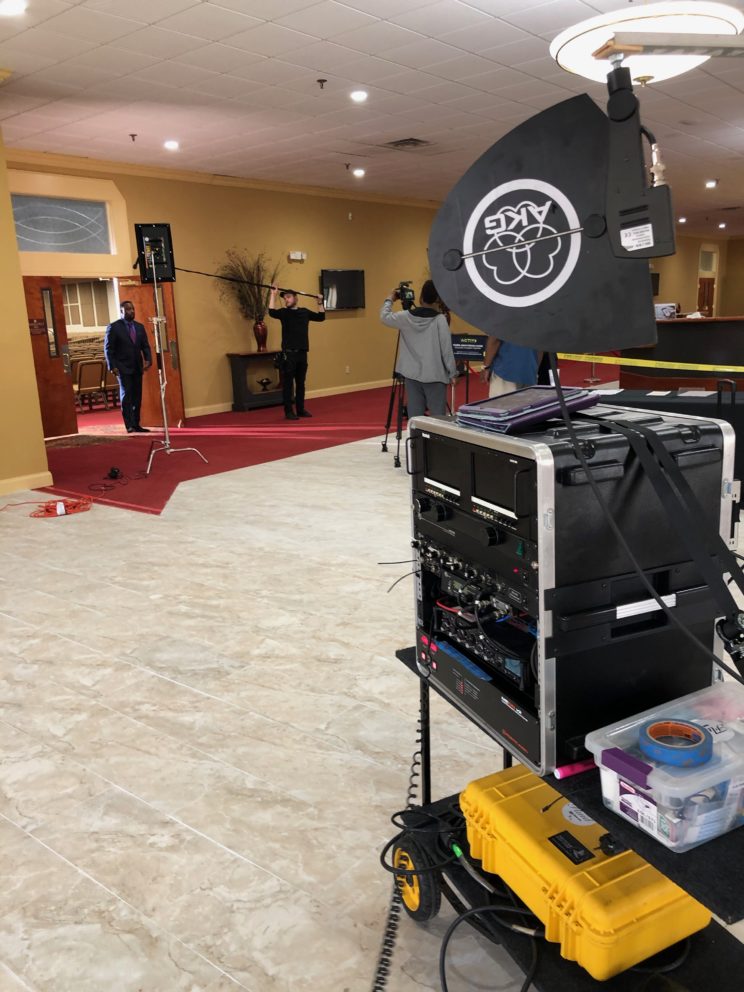The Location Sound Package
Unlike other department heads on production, the sound mixer is expected to bring all of the required gear to the job, we generally call this our location sound package. Depending on the type of work you do, this can be time consuming and expensive to maintain your gear inventory.

A basic location sound package includes a mixer/recorder, a boom mic, and a few lavaliers. On the surface, that may not sound like a lot of gear. You could probably go down to the local rental shop and pick that up for $500 a day or so right? Kinda like renting a camera. So why does the sound mixer have to buy all their own gear? Well, because once you get past the surface, sound packages tend to be a lot more complicated than many camera packages. It’s pretty common for me to show up to a job with a lot more equipment than the camera department. Yes, even when they’re shooting on an Alexa and using cinema lenses. You see the camera department is only expected to interface with the camera. It’s the sound department’s responsibility to make sure we have the gear to interact with the camera whether that means feeding audio wirelessly or cabled, providing timecode and slate or all of the above.
The camera department can and will show up with different configurations of all types of cameras. One day it will be RED, next day and Alexa, then it will be a Sony and then maybe a Panasonic I may see 100 different configurations in a year. We need to be able to send audio and or timecode to each of these cameras no matter which one is on set on a given day. And believe it or not, they can require a different set of cables for each situation. The RED will want a 4 pin Lemo for timecode, the Alexa mini will want a 5 pin right angle Lemo, the Alexa Amira wants a BNC and most Sonys want a BNC. This means we mixers often carry several hundred dollars worth of timecode cables in our kit so that we can jam sync whatever camera shows up on set. Multiply that times all the other various connectors we need to interface our equipment on set. This includes sending audio to the camera and to video village. Put wireless hops on cameras and provide IFB to directors and actors for cueing. I personally have been collecting connectors and cables for over a decade and am still buying and building new ones on a regular basis as new cameras, new gear and situations arise.
Production needs change not by the job but by the minute. Why, because the clients, the directors get new ideas and they need us to be able to respond without hesitation. Sometimes the weather or an unforeseen circumstance arises like location is no longer available. For the camera department, this is usually accomplished by changing a lens. For audio, it means having more than enough wireless lavs, lockit boxes, slates, and every imaginable cable for whatever change happens.
Then there are backups, what if a piece of equipment goes down? Producers can’t stop production if a cable goes bad or a wireless transmitter fails. So we’re expected to be prepared for any sort of on the job equipment failure. Hiring out a kit from a rental house would likely mean delays in fixing problems. This is why we have such an extensive amount of equipment as we do. We absolutely must be prepared for whatever happens on set.
Posted on: April 13, 2020, by : Jimmy Gilmore